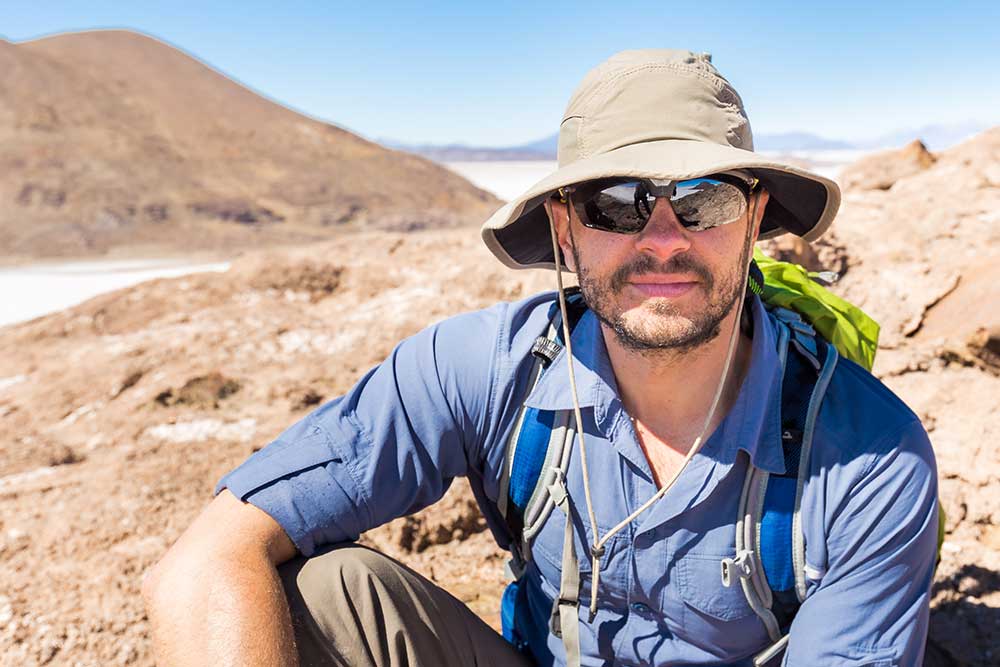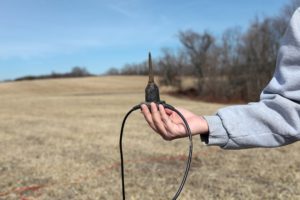All Categories
Featured
Table of Contents
Geologists And Geophysicists in Mariginup Oz 2023
Connect with MBA programs seeking prospects like you. Research study. Connect with master's programs around the nation to get an edge over the competitors.

A geophysicist studies different aspects of the earth. According to the U.S. Geological Study, they study gravity, magnetic, electrical, and seismic activity incidents. Geophysicists also record, evaluate, and take measurements of geographic features and abnormalities. Watch a video to discover what a geophysicist: Geophysicists should earn a minimum of a bachelor's degree; nevertheless, this is for an entry-level position.
Advanced degrees require more particular research studies in the specialty of choice. Task prospects are greater if you have a strong background in computer science or technology.
Geological And Geophysical (G&g) Surveys in Connolly Australia 2020
Access to these chances might be restricted depending upon where you live; nevertheless, internships or summer season programs with geophysical companies, university geophysics department, or the U.S. Geological Study can be options. You can find a list of a list of opportunities on the United States Geological Survey (USGS) sites' Path Programs tab (opens in another link).
Geophysicists likewise work with computer systems while researching, so computer courses can likewise be valuable, as pointed out earlier in this article. Numerous geophysicists specialize in an area of geophysics.
A geophysicist's tasks can include determining, tracking, and recording information from different physical residential or commercial properties on earth. Geophysicists typically have to travel worldwide to analyze geological events that have taken place or might have been predicted.
Glad You Asked: What Are Seismic Surveys? in Glen Forrest Western Australia 2023
Jay Wellik, a geophysicist, studies volcanos. Geophysicists normally work full-time hours; nevertheless, they often work irregular hours, as pointed out previously.

You can find extra details about Geophysicists along with additional educational materials on the U.S. Geological Study website (links open in a new window). Laura Stern, of the U.S. Geological Study at the Gas Hydrates Laboratory in Menlo Park, California: We make a variety of various hydrates in the laboratory.
We also make carbon dioxide hydrate, ethane hydrate, propane, a number of different structures. It's about 100 degrees cooler than the temperature at which these hydrate samples would dissociate, when they would disintegrate to ice plus gas on the tabletop.
Geophysicist in Shenton Park WA 2023
The samples we make, their polycrystalline. They appear like snow, it looks like compressed snow however honestly, it does contain gas inside. Take a little piece off here and as it heats up, you'll begin to see it pop. It's going back to ice plus gas and after that as the ice would melt as it continues to warm, it will end up being water plus gas.
My name is Steve Kirby, I'm a Geophysicist here at the U.S. Geological Study in Menlo Park. I deal with Laura Stern who is also a Geophysicist in this lab that adheres towards the investigation of planetary ices and gas hydrates. Gas hydrates in nature occur in very remote locations and they are really intricate with the interactions and conditions that they form under and samples that are raised are under some sort of alternation or decay.
This is an unusual laboratory and there are just a handful of them worldwide and we are really lucky to be here at the Geological Study and to have the opportunity of working on them. Bureau of Labor Data, U.S. Department of Labor, Occupational Outlook Handbook, Geoscientists. National Center for O * NET Advancement.
Definition: Geophysical Survey in Neerabup Western Australia 2020
This video was produced by the government for the U.S. Geological Study. The USGS Gas Hydrates Lab is moneyed by the Department of Energy and the USGS Gas Hydrates Project.
Latest Posts
Course: Basics In Geophysical Surveying in Langford WA 2022
Geophysicist Careers in Munster Aus 2021
Airborne Geophysical Surveys in Caversham WA 2020